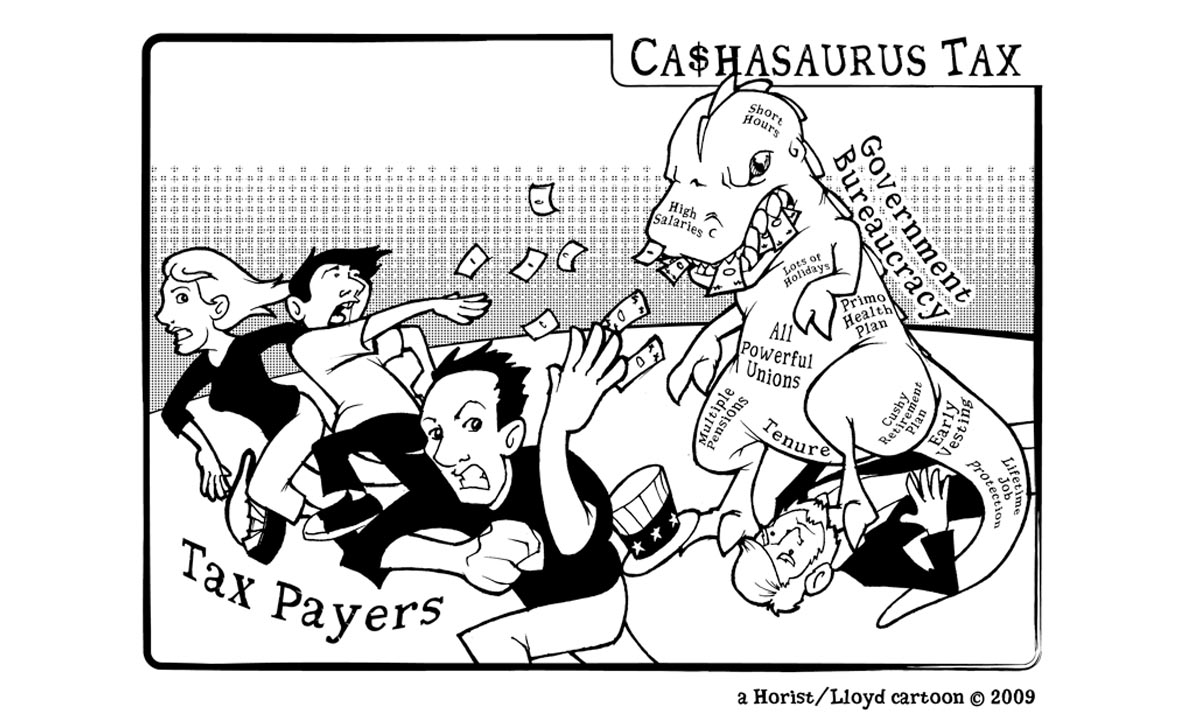
Starbucks Employees: This Race Initiative SUCKS!
When I saw, “Race Together” written on the cup of coffee I had just stopped for on my way to work at 8:30am, I assumed Starbucks was trying to organize a marathon or something.
Later that day I discovered that instead, they were trying to organize a badly-planned, ill-advised, and unwanted nationwide conversation about race. Not only were baristas writing “race together” on the frappaccinos of unsuspecting people, but they were encouraged to start conversations about race with their customers. They’re also going to start publishing “conversation guides” about race, in case their customers really, really, want to talk about racial issues but haven’t the foggiest idea what to say to other people. The booklet will recommend asking questions such as, “have your views on race evolved from your parents?”
Before we even get into the philosophical aspects of why it makes no sense for a coffee shop to start discussion of race, there are a lot of practical considerations that whatever genius came up with this hairbrained scheme didn’t stop to think about. To see if there were any downsides a layperson might not even think about, I went to a Starbucks near me and caught several baristas leaving during shift change. All of them spoke on condition of anonymity, fearing backlash from their supervisers if they criticized the policy. From their interviews, I was able to compile a list of the hidden downsides for not only customers, but employees.
1. It wastes a lot of time.
Jennifer, the first barista I spoke to, told me that her biggest complaint was how much time the initiative wasted. When a barista has to grab a marker and write, “RACE TOGETHER” in large letters on every single cup, it slows things down. Any extra step in the procedure causes the procedure to take longer.
“I have to stop after each order and write on the cup. I can’t take orders as quickly and it slows down the line when it’s busy. A lot of our customers, especially in the morning, they’re rushing. They have to get to work; they have to drop their kid off; they have to get to class. Every second I spend writing on the stupid cup is a second no one is getting served,” said Jennifer.
I decided to do a little experiment and see how long it took Jennifer to write “RACE TOGETHER” on a cup so we could see exactly how much time was being wasted here. Starting with the marker and cup already in her hand, since she’d have to write the customers name anyway, it took her ten seconds. That doesn’t sound like a long time, but in aggregate, it equals countless wasted hours. Think about it this way. If you stop in on your way to work and there are five people ahead of you, and then the barista has to write it on your cup too, you’ve been in Starbucks for a minute longer than necessary. By the end of the day, hours have been spent writing “RACE TOGETHER” instead of helping customers. Aside from that, as Jennifer pointed out, some customers did not want “RACE TOGETHER” written on the coffee cup they were planning on taking to the office because they did not want their coworkers to start talking race with them at 9am when they just want to get their work done. If this was the case, the baristas would have to either cover the cup or make them a new drink in a new cup.
2. It’s hard to initiate meaningful conversations with customers and do your job at the same time.
Baristas are usually pretty busy. Even on the rare occasion that there’s no one in line, there’s always cleaning and other side work to be done. When there are customers waiting, it’s the barista’s goal to move the line as quickly as they can without making mistakes.
“I don’t know when the hell I’m supposed to be having these conversations about race with customers or how the hell I’m supposed to start them,” said Derek. “Customers want me to take their coffee order and handle their payment, then they step aside so the next guy can order. There’s not any time to be like, ‘hey, how do you feel about the recent shooting of black people by police?’ Jacob, the guy who usually hands people their drink when it’s done, he has the same problem. People grab their coffee and leave or go to their table. What do they want him to do, yell, ‘How does the N-word make you feel!?’ after people while they’re walking away?”
3. You’re damned if you do and damned if you don’t.
“We get in trouble no matter what we do,” Megan tells me. She was quick to point out that she’s been working for Starbucks for more than five years now, and generally, she enjoys it. This initiative however, is making her life hard.
Says Jennifer, “The managers are always on you, ‘talk race, talk race, engage the customers in conversations about race.’ But then half the time when I try, customers get pissed at me. It’s ‘just make me my drink,’ or ‘I don’t wanna hear it; it’s too early.’ Then they complain to management that you were rude, and management is mad at you, even though you were doing exactly what they told you to do. I get it, people are here for coffee, not to get lectured.”
Megan says that Starbucks’ race initiative is even making things worse for her, as a black employee.
“I feel really wierd trying to start conversations with customers, with white customers, about racism. I’m afraid it sounds like I’m accusing them of being racist. It makes customers afaid to talk to me. I’m a nice person; I don’t like being in the position of making people feel weird. This whole initiative just draws attention to the fact that I’m a different race than most of the other employees and customers, when before it was just normal. I don’t like that people are walking on eggshells around me.”
It seems that it would be better for everyone if Starbucks would simply focus on their coffee instead of trying to change the world.























Faggots and trannies and either demon possessed or has mental illness. Like Dunger💩
Come on guys, we need our critical thinking hats on which make this article is quite funny as a fantasy…
Frank, it is dangerous to drink and post...
Hey DUNGER. Trump is a felon who still kicked the token’s stinking ass. He’s judged a sex offender by fools…
Joe you can’t take Dunger seriously. He only spews leftist bullshit.